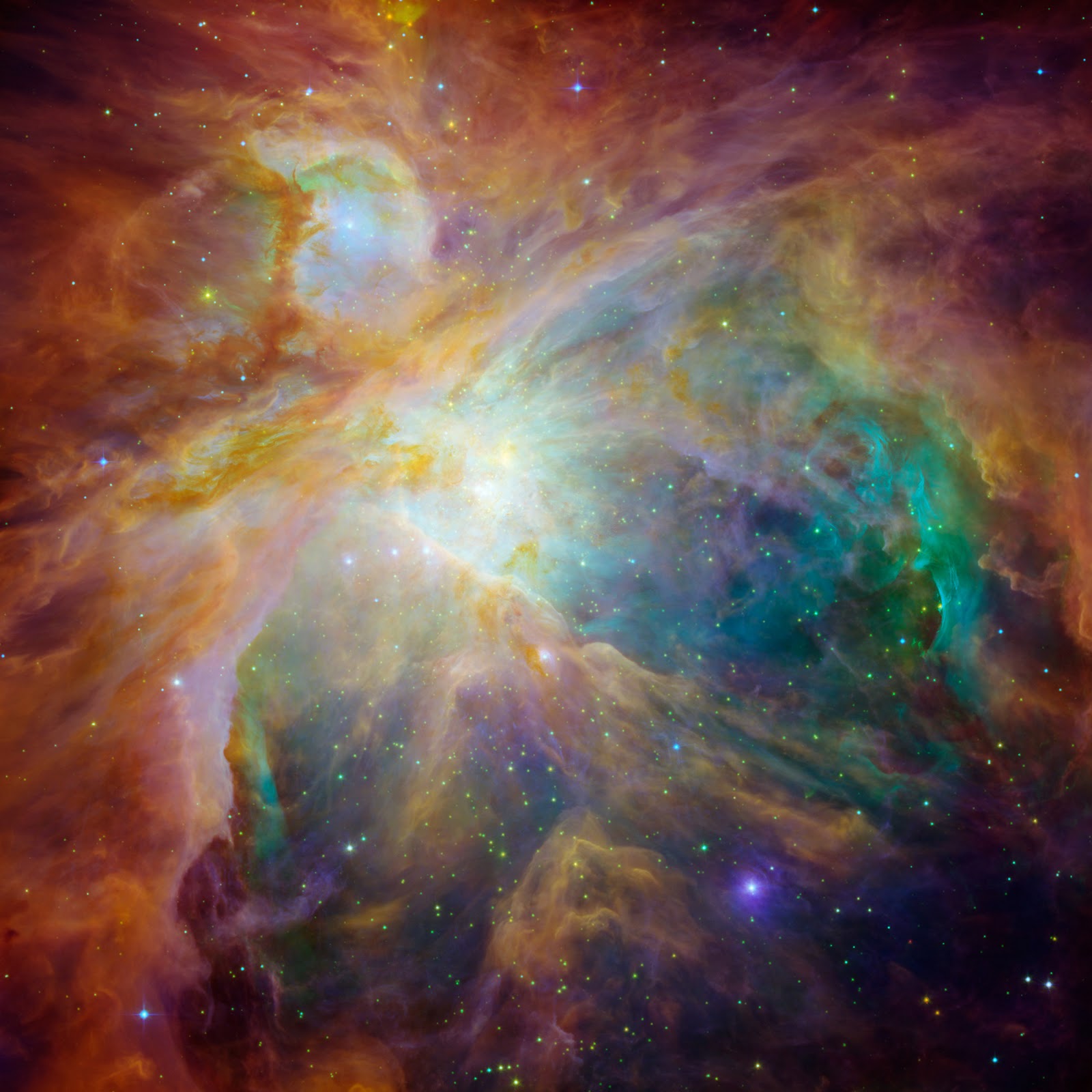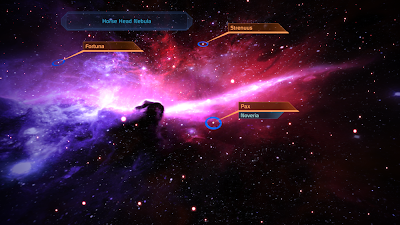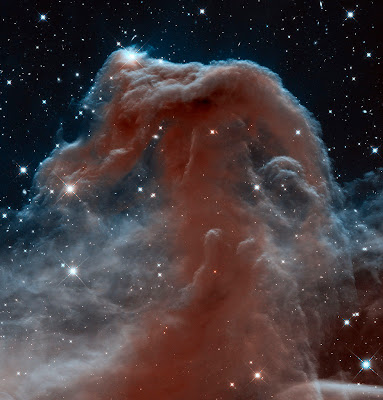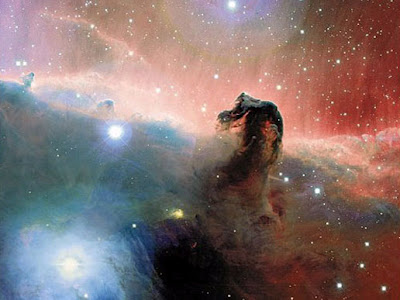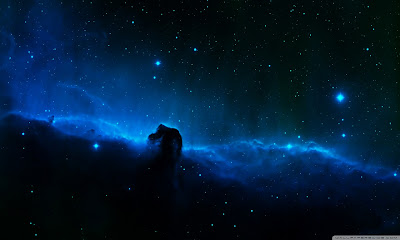- Light Year: the distance that light travels in one year (9.46 x 10^17 cm).
- Parsec (pc): 3.26 light years (or 3.086 x 10^18 cm).; also kiloparsec (kpc) = 1000 parsecs and megaparsec (Mpc) = 1,000,000 parsecs.
- Astronomical Unit (AU): the average separation of the earth and the sun (1.496 x 10^13 cm).
- The Solar System is about 80 Astronomical Units in diameter.
- The nearest star (other than the sun) is 4.3 light years away.
- Our Galaxy (the Milky Way) is about 100,000 light years in diameter.
- Diameter of local cluster of galaxies: about 1 Megaparsec.
- Distance to M87 in the Virgo cluster: 50 million light years.
- Distance to most distant object seen in the universe: about 13 billion light years (13 x 10^9 light years).















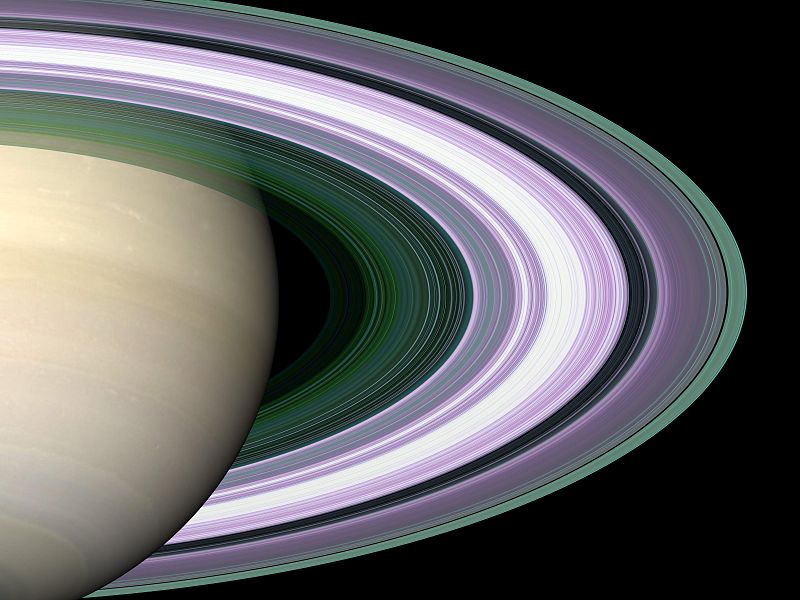










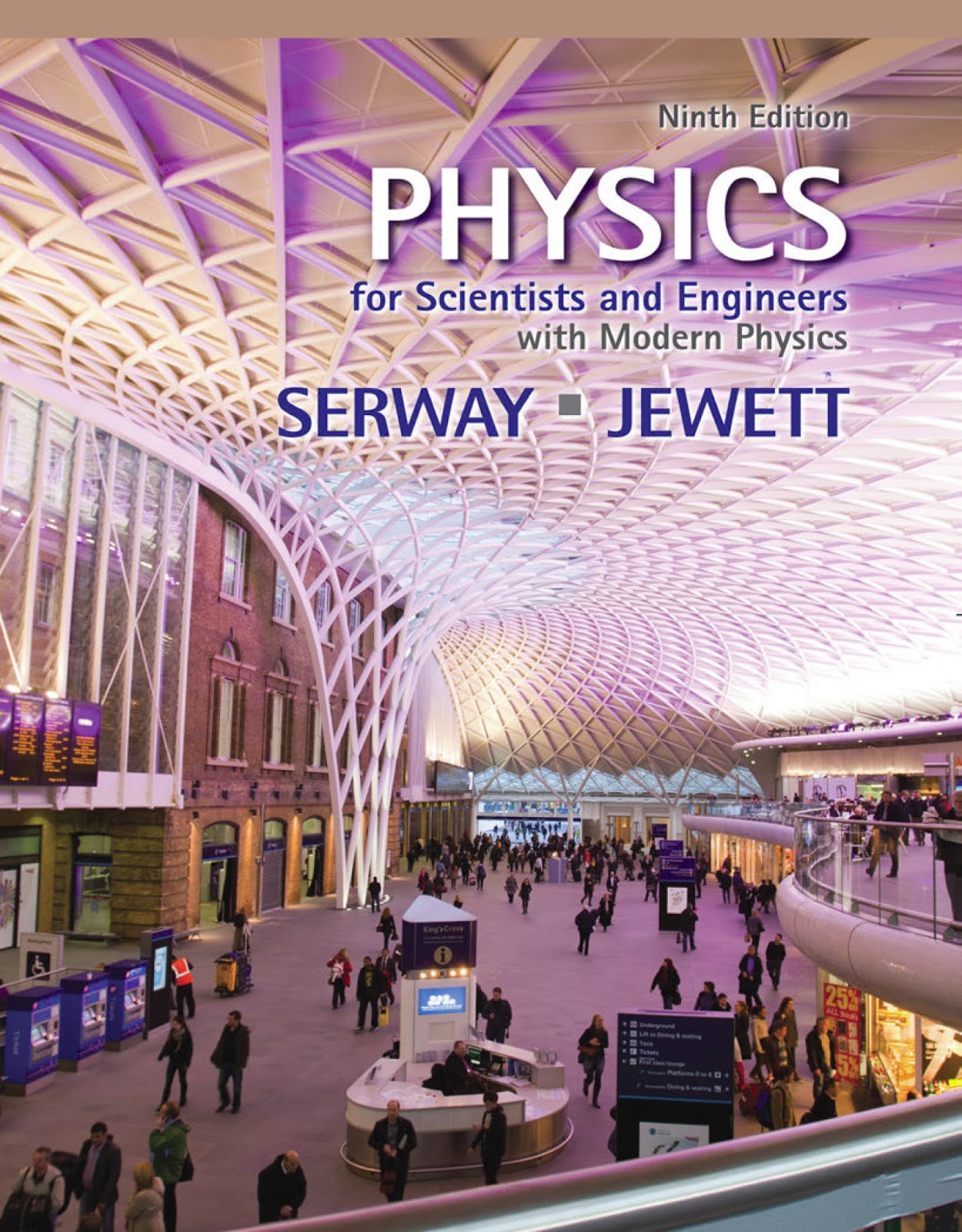-1.png)









